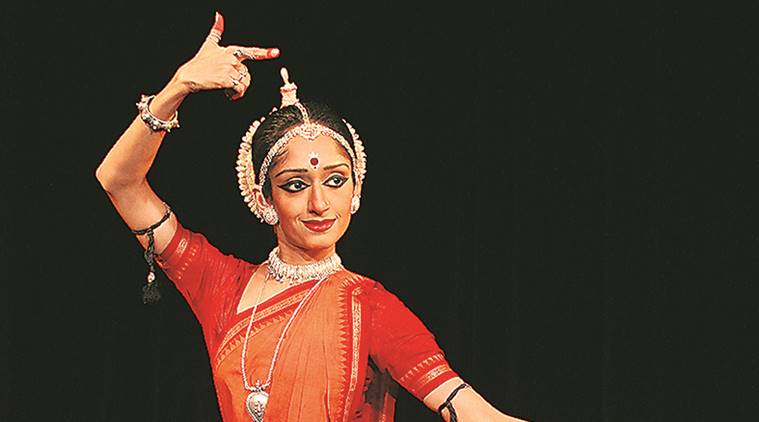Written by Parth Khatau |Updated: January 17, 2019 7:48:09 am
A festival in Mumbai seeks to adapt ancient dance forms for the modern attention span
Six dance forms — Odissi, Kathak, Bharatnatyam, Kuchipudi, Kathakali and Mayurbhanj Chhau — will be presented, besides two dance workshops.

At a time when attention spans are shorter than ever, engaging with traditional art forms might seem far too demanding. This is especially true for performing arts such as the various Indian classical dances which have complex histories and expressions and which, as a result, don’t offer instant gratification. Tripti Arya, a trained Kuchipudi dancer and a working mother of two, knew that while she couldn’t combat the technological and social circumstances that have led to an attenuation of mental focus, she could find a way to make space for the traditional in modern society.
“I always found it a struggle to connect my children with Indian art forms. I took them to many dance and music shows but they would not show much interest because the shows were long and they would often find it boring,” says Arya, “This is when I felt I should make Indian classical dance interesting for the youth to get their attention.”
Thus was born the Bhramara Festival, a live show of Indian classical dances, to be held at the Royal Opera House this weekend. Each performance in the festival will have a 30-minute slot. “It was important to make sure the slots were short so that we could get the youth’s attention,” Arya says. An animated video will preface each performance, explaining the dance form’s origins so that the audience is better able to understand it.
Six dance forms — Odissi, Kathak, Bharatnatyam, Kuchipudi, Kathakali and Mayurbhanj Chhau — will be presented, besides two dance workshops. The first one will take participants through the key elements of Mayurbhanj Chhau, to be conducted by Rajesh Sai Babu, the other will explore the role of improvisation in Kathak.






















No hay comentarios:
Publicar un comentario